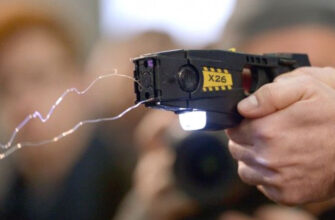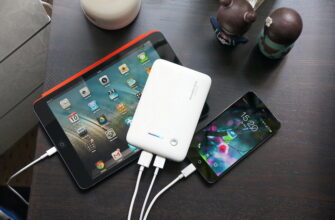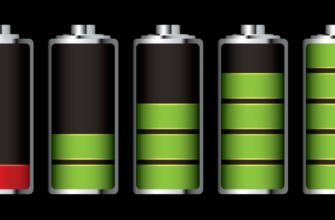When choosing a phone with a good camera, the DxOMark rating is the best guide. But at the same time, the cost of its leaders is very high.

The best manufacturers of phones with a good camera
DxOMark Rating – a list of the results of a special benchmark. It was developed by professional photographers and engineers, and is designed to assess the photographic ability of a device based on its respective characteristics – sensor specifications, imaging chip, lens optics and other parameters.
According to the DxOMark ranking, the best camera phone makers in 2017 are:
-
Google (Pixel series is the absolute leader in the ranking);
-
Huawei (Mate flagship line);
-
Apple (current models iPhone top the rating annually);
-
Samsung (but only models from the flagship S line);
-
HTC (again, the flagship U and One m lines);
-
Sony (X series is a relaunched flagship line after the commercial failure of the Z series);
-
Nokia (model 808, which is still one of the best camera phones thanks to PureView technology).
However, all these phones (except for Nokia 808) are included in the flagship price segment and are expensive. For example, Google Pixel 2, which leads the rating, starts at $ 650 – and is not officially sold in Russia. Apple iPhone 8 Plus, which occupies a modest third place, is available in our country for 60 thousand or more.
If we talk about the budget and medium price segments, then they can boast of good photographic qualities:
-
Xiaomi Mi 5S is a mid-range smartphone equipped with cameras with two modules developed by Sony;
-
Huawei P9 – two camera modules, Sony sensors, Leica optics. Last year's, but still relevant flagship;
-
The OnePlus 3T is the 'flagship killer'. The most top-end 'stuffing', including the most recent camera modules from Sony and the most productive processor Qualcomm Snapdragon at the time of the device's release;
-
Asus ZenFone 3 is also a flagship, only a sample of the year before last. Good Sony camera module, ZenFone Laser-proven laser focusing system and excellent technical specifications.
- A good camera can also be found in Huawei Honor 8 (the flagship of the series Honor), Huawei Nova (a very peculiar device, included in the same an 'experimental' series like Magic), Lenovo Motorola Moto Z (modular flagship with expandable functionality) and LG V20 (alternative flagship line of Korean manufacturer).
The main criteria for choosing phones with a good camera
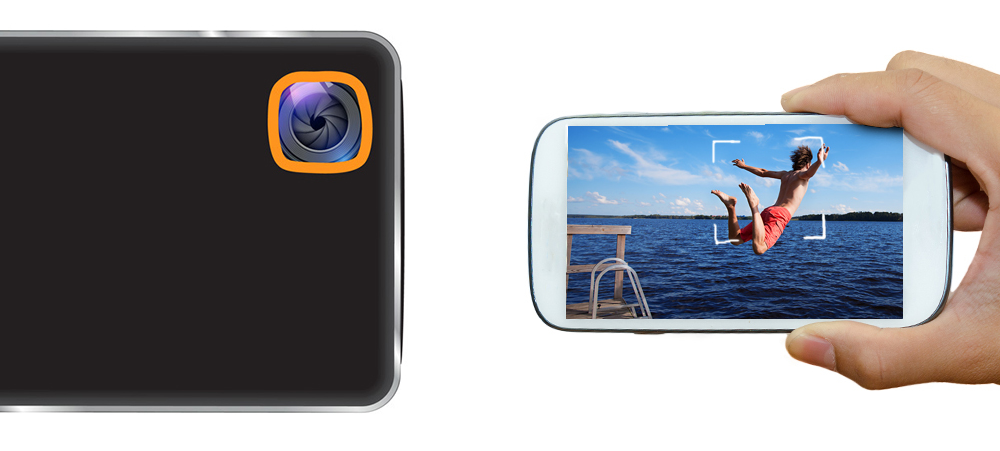
When choosing a phone with good photographic qualities, you need to pay attention to the following specifications:
-
Sensor model;
-
Number of sensors and functions of the second module;
-
Resolution (actual or extrapolated);
-
Diaphragm;
-
Optics;
-
Focusing mechanism;
-
Additional technologies that improve image quality.
The rest of the technical characteristics of the smartphone, of course, also matter. However, it should be borne in mind that really high-quality images can only be obtained on smartphones equipped with flagship processors. These high-performance chips can process RAW data at high speed, taking it off the sensor with minimal latency. This ensures excellent image quality.
Sensor model
The main manufacturer of sensors for cameras in smartphones is Sony. It is its products that are installed in the vast majority of models of the middle and lower price segment and in absolutely all flagships.
Sony's line of camera modules for smartphones is called IMX – and the higher the model number, the better it shoots.
For example, the smartphone LG Nexus 5, which was one of the best camera phones of 2013, was powered by the Sony IMX179. And in OnePlus (the first), released a little later, also in 2013 – already IMX214.
Current camera phones have the following modules installed:
-
Sony IMX333 – for Samsung Galaxy S8 +;
-
Sony IMX362 – Google Pixel 2
-
Sony IMX398 – OnePlus 5.
The higher the serial number of the sensor, the better. But it is not only he who determines the photographic capabilities of the smartphone.
Number of sensors and functions of the second module
The overwhelming majority of modern camera phones use two camera modules – the main one and the additional one. The second expands the capabilities of the device by adding different functions:
-
Precise focus depth detection (like Huawei Mate P9 or P10);
-
The ability to change the depth of focus after taking a picture (HTC One m10);
-
Portrait mode and background blur (Apple iPhone 7, 8);
-
Extrapolation of image resolution (most Chinese camera phones);
-
Expanding the range of shades (LG G5);
-
Improved shooting in low light conditions (Huawei Mate P9).
As a result, for high-quality pictures it is worth buying a smartphone with a camera equipped with two modules. But the increased number of sensors does not mean the maximum visual beauty of the image. For example, the Google Pixel 2 has only one module – but the smartphone tops the DxOMark rating thanks to the built-in neural network that improves the quality of images.
Resolution
It is foolish to assume that the higher the sensor resolution, the better. HTC One m9 took great pictures with a 5MP camera. The sensor resolution determines the level of detail in the image.
So, for smartphones, a camera with a resolution of 8 or 13 megapixels is more than enough.
But if you plan to shoot video in 4K resolution, it is recommended to pay attention to the models with a 21-megapixel sensor.
Diaphragm
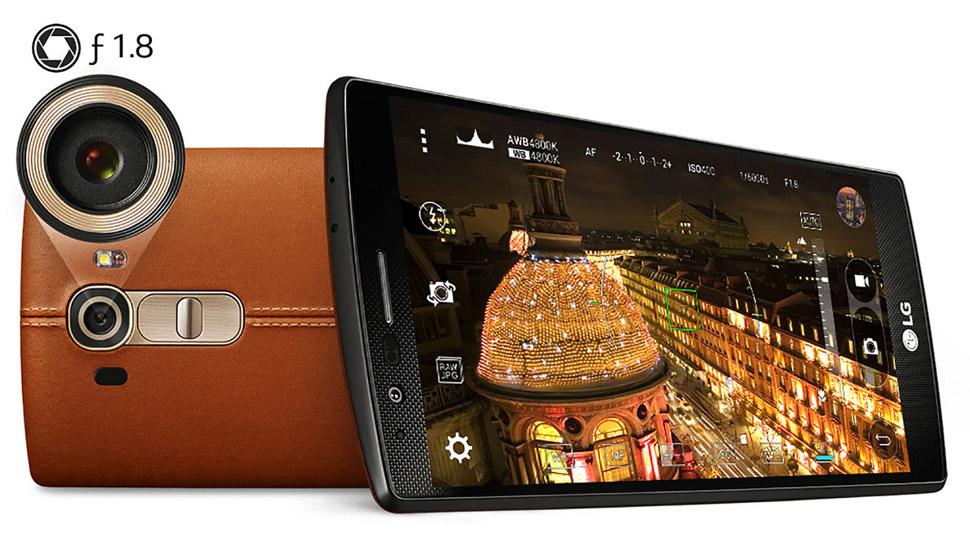
The aperture, also known as the aperture, determines the sensitivity of the camera. The lower its value, the more light falls on the module. So, a smartphone with an f / 1.4 camera can be used for shooting in twilight and spectacular shots in daylight conditions, and with a camera over f / 4 – except for street photography. In addition, the aperture determines the depth of field in the image.
!
The optimal aperture value for smartphone cameras is f / 2.
Optics
The optical components of a smartphone camera are the lenses in the lens. Light sensitivity, type of camera (telephoto, 'normal', wide-angle), as well as the sharpness and degree of detail of the image depend on them.
Typically, the optics are manufactured by the same company as the sensor. But on rare occasions, the smartphone manufacturer replaces the native lenses with someone else's. For example, the Huawei Mate P9 or P10 uses optics from Leica, which provides better image clarity – but at the same time increases the cost of the device.
Focus mechanism
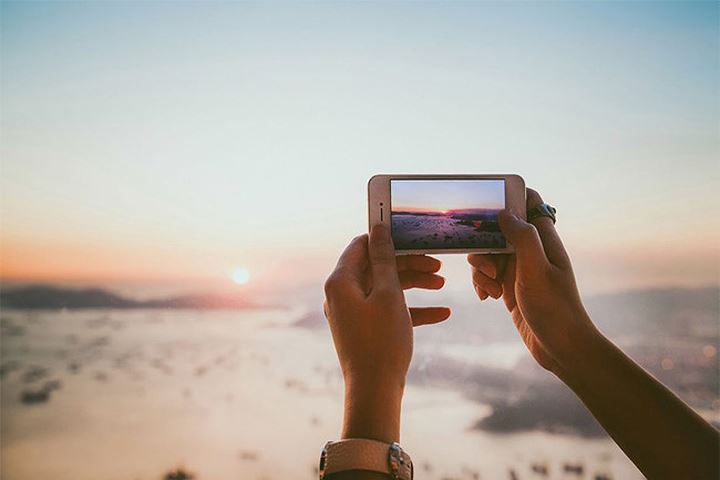
Due to the small size of the module, smartphone cameras use two types of focusing – contrast and laser.
Contrast autofocus implies the presence of several special pixels on the sensor that analyze the contrast of individual areas of the image. Subjects in the frame that have the greatest contrast are in the focus of the picture.
This type of focusing is good for photographing in areas with good, but not true back or true front lighting; portrait, landscape photography, photography of moving objects.
The development of contrast focusing technology is laser. When determining the 'center' of the image, the camera scans the surrounding area with a very thin laser beam – and by the time of reflection it determines the object closest to the smartphone. This focusing is distinguished by its maximum speed – but at short distances. Ideal for portrait and macro photography.
Flagship smartphones like the Google Pixel use a combination focusing technique that includes both laser and contrast mechanisms, as well as real-time software processing.
Additional image enhancement technologies
Additional technologies for improving image quality include:
-
Ultrapixel – the increased size of each individual pixel on the camera;
-
PureView – extended color range;
-
HDR + is another technology for expanding the color range;
-
Various neural networks and plug-ins.
Most modern flagship smartphones primarily use software technologies to improve image quality, such as neural network processing (a prime example is portrait mode with edge lighting in iPhone 8), HDR or HDR + (the latter is a proprietary Google technology).
Chinese phones with a good camera
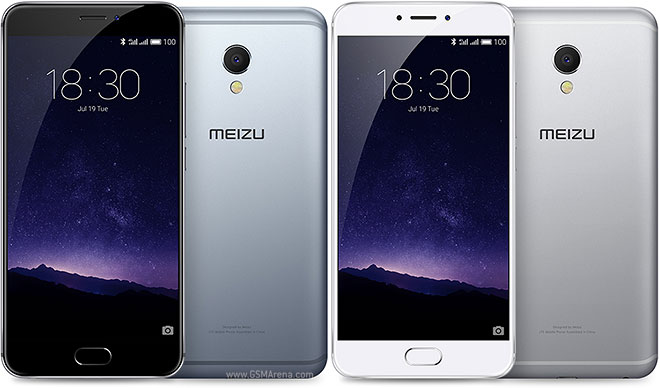
Among good Chinese smartphones with a sufficiently high-quality camera, the following models can be distinguished:
-
Meizu MX6 – Sony IMX386, 12 MP, HDR;
-
ZTE Nubia Z11 mini S – Sony IMX318, 22 MP, HDR, contrast autofocus (which for some reason does not work well in low light conditions, but works great in daylight);
-
Xiaomi Mi 5 – Sony IMX298, 16MP, great for daylight shooting, Camera2 API support (you can put a third party camera app for better shooting).
In general, most smartphones Xiaomi support the Camera2 API technology, due to which third-party applications (like AZ Camera, Nextbit Camera, Google Camera, etc.) provide better images than the stock program.
In the following articles, our experts will tell you how to choose a Chinese smartphone and the secrets of choosing a quality smartphone.
Attention! This material is the subjective opinion of the authors of the project and is not a purchase guide.





